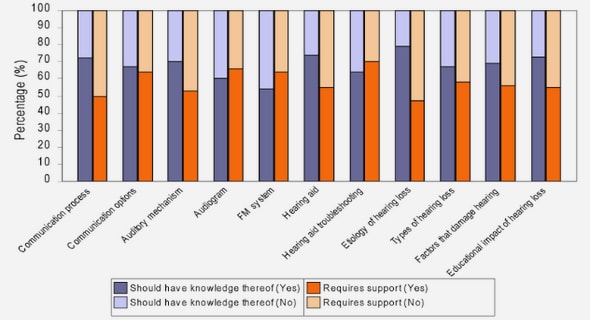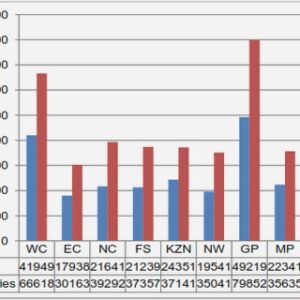(Downloads - 0)
For more info about our services contact : help@bestpfe.com
Table of contents
Chapitre1 : Composés phénoliques des poires (Diversité & purification)
Partie 1 : Diversité des composés Phénoliques
1. Introduction
2. Materials and methods
2.1. Chemicals compounds
2.2. Plant Material
2.3. Extraction of phenolic compounds
2.4. Identification of phenolic compounds by HPLC/ESI-MS2
2.5. Quantification of polyphenols by HPLC-DAD
3.1. Pear fruit phenolic profile from HPLC/ESI-MS2 analysis
3.1.1. Phenolic acids and derivatives
3.1.2. Flavan-3-ol monomers and polymers
3.1.3. Flavonols
3.1.4. Anthocyanins
3.1.5. Others phenolic compounds
3.2. Phenolic contents in fruit flesh vs peel
3.2.1. Flavan-3-ol monomers and polymers
3.2.3. Flavonols
3.2.3. Anthocyanins
3.3. Source of variability of pear phenolic composition
3.4. Impact of pear procyanidins on fruit and perry astringency
4. Conclusions
5. Acknowledgements
Partie 2 : Purification des procyanidines
1. Plant material
2. Procyanidin extraction and purification:
3. Polyphenol characterization
4. Phenolic composition of perry pear flesh
5. Procyanidin characterization and evolution at the overripe stage
Chapitre 2 : Préparation & caractérisation des parois de poires
1. Introduction
2. Materials and methods
2.1. Standards and Chemicals
2.3. Firmness
2.4. Cell wall isolation and extraction
2.5. Mid infrared spectroscopy (MIR)
2.6. Scanning Electron Microscopy (SEM)
2.7. Analytical
2.7.1. Neutral sugar composition
2.7.2. Uronic acids content
2.7.5. Procyanidins content
2.7.6. Acetic acid content
3.1. Texture evolution during overripening
3.2. General characteristics of cell walls
3.2.1. Mid infrared spectroscopy
3.2.2. Scanning electron microscopy (SEM)
3.3. Cell walls: Yields and compositions
3.3.1. Cell wall yields
3.3.2. Cell wall compositions
3.3.2.1. Elimination of intracellular polyphenols
3.3.2.2. Polysaccharides composition
3.4. Sequential extractions: yields and characterizations
3.4.1. Composition of pectic extracts
3.4.2. Size exclusion chromatography of pectic extract
3.4.3. Composition of hemicellulosic extracts
3.4.4. Composition of residue
4. Conclusion
5. Acknowledgements
Chapitre 3 : Interactions parois-procyanidines
1. Introduction
2. Materials and methods
2.2. Plant material
2.3. Procyanidin purification and characterization
2.4. Cell wall extraction and characterization
2.5. Procyanidin-cell wall interactions
2.5.1. Binding isotherm methodology
2.5.3. Isothermal titration microcalorimetry (ITC)
2.6. Statistical analysis
3. Results
3.1. Composition of the fractions
3.1.2. Cell walls
3.2. Quantification of binding level
3.2.2. Infrared spectroscopy (MIR)
3.3.3. Isothermal titration calorimetry (ITC)
5. Conclusion
6. Acknowledgments
Chapitre 4 : Validation des résultats sur un modèle réel (jus de poire)
1. Introduction
2. Materials and methods
2.1. Chemicals and standards
2.2. Plant material
2.3. Preparation of samples
2.4. Analysis of phenolic compounds
2.5. Cell walls preparation and characterization
2.6. Statistics
3. Results and discussion
3.1. Phenolic composition of perry pears, juice and pomace
3.2. Composition of alcohol insoluble solids (AIS)
3.3. Impact of cell walls on procyanidins transfer on juice
4. Conclusion
5. Acknowledgements
Chapitre 5 : Localisation des procyanidines in situ dans les poires à poiré à deux stades de maturité
2. Materials and methods
2.1. Solvents and reagents
2.2. Plant Materials
2.3. DMACA preparation
2.4. Transmission electron microscopy (TEM)
3. Results and discussions
3.1. Procyanidins localization by light microscopy coupled to DMACA staining
3.2. Procyanidins localization by transmission electron microscopy
4. Conclusion
5. Acknowledgments
Conclusions & perspectives
Références bibliographiques


